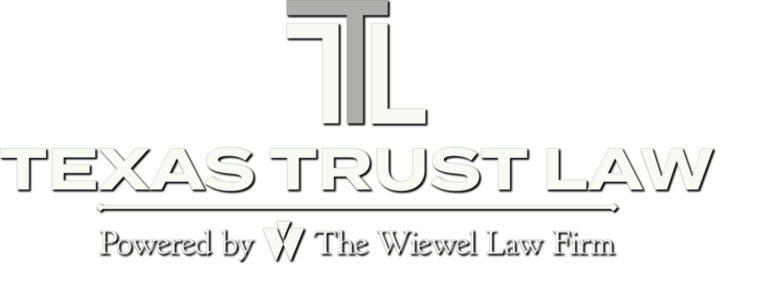
Do You Pay Taxes on Wedding Gifts?
You are a father whose son is getting married. You want to provide a wonderful wedding gift that your son and his bride will cherish and enjoy. Do you pay taxes on wedding gifts? A generous gift for a child’s wedding doesn’t necessarily cause a tax problem unless your lifetime gifts are over the lifetime exclusion limit, which is extremely high right now. A recent article from Yahoo! Finance, “Do I Need to Worry About the Gift Tax If I Pay $60,000 Toward My Daughter’s Wedding?” says most Americans won’t have to worry about the gift tax.
In 2024, the lifetime exclusion is $13.61 million per person and $27.22 million for a married couple. Unless you’ve gone above and beyond these limits, you can make as many gifts as you like to anyone you choose without worrying or paying the 18% to 40% federal gift tax.
But there’s one thing to remember: if you make a gift over the annual gift limit, which is $18,000 per person in 2024 or $36,000 for a married couple, you need to send the IRS Form 709. The form should be submitted even if no gift taxes are due. It’s a simple and smart move.
How do gift taxes work? The federal gift tax doesn’t come into play often. Most gifts are tax-free simply because of the size of both the annual and lifetime gift exclusions. You can gift freely if you keep the limit in mind.
The lifetime exclusion for gift and estate taxes is so high right now that few Americans need to worry about it. If you are generously minded, you may gift $13.61 million (individual) and $27.22 million (married couple). The lifetime exclusion is just as it sounds: the number of gifts you may give during your life or as part of your federal estate.
If you are charitable-minded, you may make many contributions. There are no gift taxes levied on charitable donations, gifts to spouses or dependents, or gifts to political parties. As long as you pay directly to the institutions, there are no taxes on college tuition or healthcare expenses.
There are some strategies to manage the gift tax. One would be to split your $60,000 gift between your daughter and her fiancé. Both gifts would be under the 2024 $36,000 per person exclusion, assuming you are married, so there would not be a gift tax.
Another tactic is to spread the gift out over a few years. Let’s say you’re a single parent. You could gift your daughter and her fiancé $15,000 each this year and next, keeping you below the $18,000 annual gift tax exclusion.
If you’ve already given a gift of $60,000 to your daughter and made gifts over and above the $13.61 million lifetime exclusion, speak with your estate planning attorney to determine where you fall in the gift tax brackets and how much you’ll need to pay.
The easiest way to avoid gift taxes is to pay the vendors directly, but this depends on your overall situation. For instance, where is the money coming from—tax-deferred accounts or investment accounts? It would be wise to talk with your estate planning attorney before making a large gift. Do you pay taxes on wedding gifts? If you have a wedding coming up and are concerned about gift taxes, you can pay the vendors directly rather than giving money directly to the happy couple. If you would like to read more about the gift tax, please visit our previous posts.
Reference: Yahoo! Finance (March 14, 2024) “Do I Need to Worry About the Gift Tax If I Pay $60,000 Toward My Daughter’s Wedding?”
Image by Sigali















